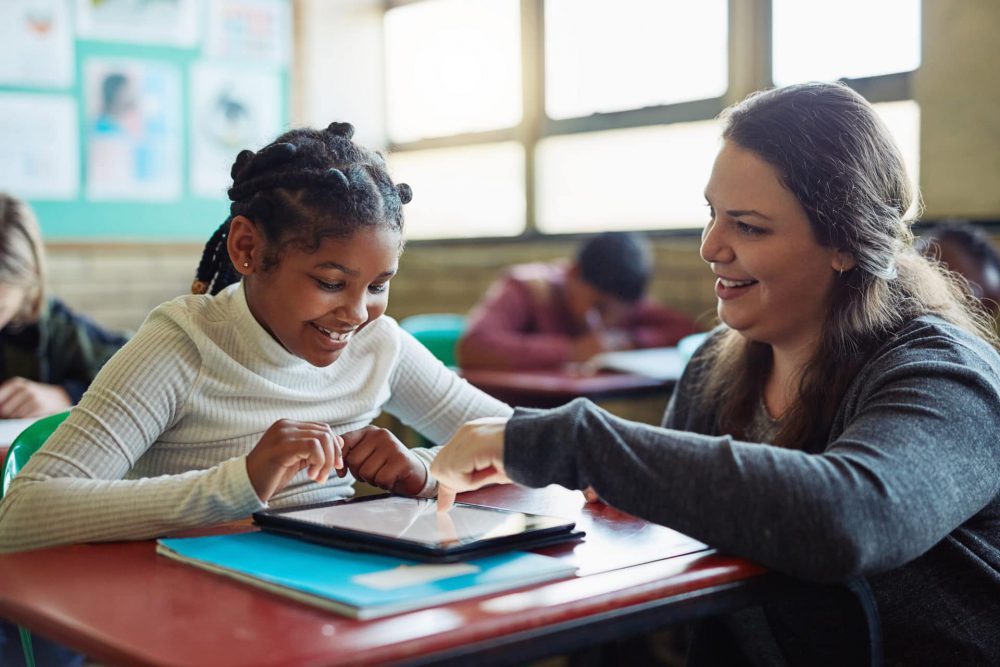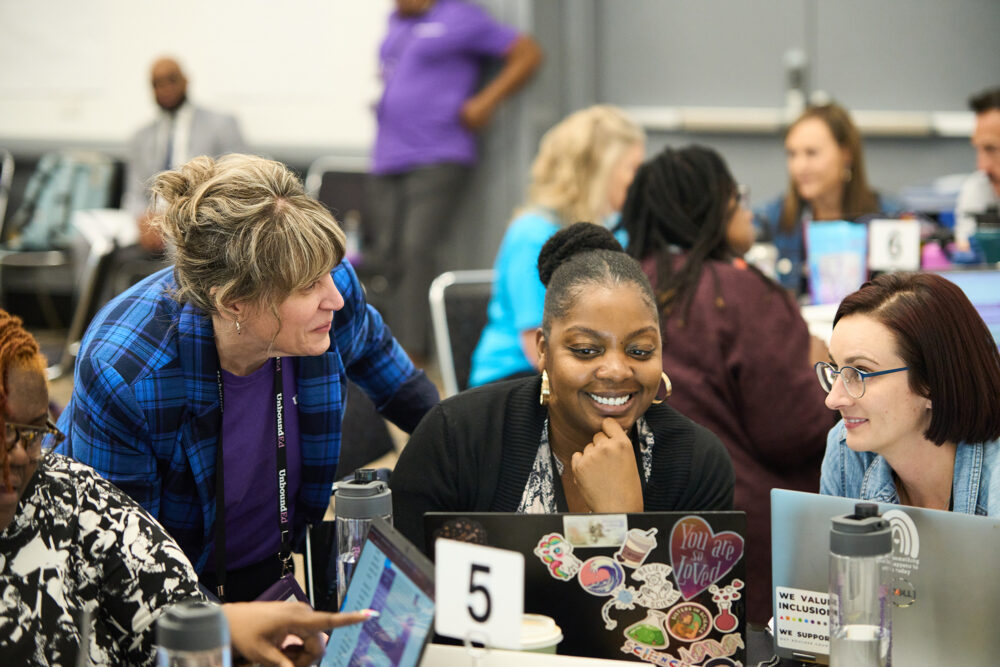
A school leader shared with us, “I’m expected to observe and provide feedback to our science teachers. The problem is the only feedback I’m giving is about classroom management. The last time I learned any science was in high school, so I don’t know what to say about the content. I see our students doing activities in class, so I think the instruction is good. However, our scores are low, and most kids don’t seem very invested in learning science. I don’t know what I’m looking for, and I don’t know how to support our teachers.”
This leader is not alone. Think back to your experience learning science. Were you focused on memorizing facts your teacher taught you? Did your instruction not teach you to explore complex ideas, connect concepts, or think critically to explain the world? Unfamiliar content shouldn’t stop leaders from observing and supporting science classes. Leaders who approach the work with curiosity can still play a valuable role, even without content expertise.
So, where do we start?
- We establish clear expectations and specific actions to help students achieve them.
- We ensure all students engage with grade-level science content.
- We design lessons that connect to their experiences.
- We emphasize students’ roles as scientists and active members of their community.
At UnboundEd, we integrate grade-level, engaging, affirming, and meaningful instruction with specific science teaching and learning elements from A Framework for K-12 Science Education (2012). We call this GLEAM science instruction. Here are a few broad characteristics to use as a guide when observing in science classrooms.
Look for instruction that is:
- Grade–Level. Science instruction is three-dimensional. Teachers help students learn science, make connections across disciplines, and learn science guided by the foundational focus areas of the grade-level standards — disciplinary core ideas, science and engineering practices, and crosscutting concepts.
- Engaging. Science instruction “makes sense of the world.” Teachers use intentional scaffolding strategies to help students effectively apply grade-level science content and skills to explain relevant phenomena.
- Affirming. Science instruction relies on evidence. Teachers support student scientists as they collect evidence like professional scientists through reading, investigating, modeling, and analyzing data. Students use this evidence to explain phenomena and develop positive science identities by supporting or challenging their ideas with evidence.
- Meaningful. Science instruction combines skills in service of making change. Teachers facilitate learning experiences where students use a variety of science practices. They read, solve equations, research, argue, draw and revise models, and write explanations. Students connect the science they learn in school to the world outside the classroom, and this application empowers them to contribute to their community.
UnboundEd’s GLEAM Science Instruction Characteristics tool outlines key actions leaders and coaches should look for during classroom visits. The handout helps focus feedback and facilitates meaningful follow-up conversations. Additionally, it supports collaborative discussions to improve teachers’ science-specific practices. Teachers can use the handout as a resource for self-reflection. They can ensure lessons are engaging, aligned with grade-level standards, and effective.
To begin providing feedback based on GLEAM science instruction:
- Download the tool. Review each component of GLEAM — grade-level, engaging, affirming, and meaningful — instruction.
Download the Tool - Record low-inference notes during classroom visits (e.g., quotes, objective descriptions of actions).
- Review your notes to identify strengths and growth areas or opportunities for each component of GLEAM science instruction.
- Brainstorm 1–2 small, actionable next steps to discuss with the teacher. Focus on those most likely to enhance student learning.
- Facilitate the follow-up conversation with a curious mindset. Share what you noticed and wondered about from your experience. Listen to the teacher’s perspective. Collaborate to articulate the following steps to further align with GLEAM science instruction.
- Plan when you will visit again and connect to reflect on progress.
Continuous improvement requires regular feedback. Leaders who actively engage in the process support individual teachers. They also foster an environment with ongoing and collaborative growth. Teachers are empowered to keep refining their approach. They create classrooms where students are learning how to think, question, and explore.
Every classroom visit and feedback conversation is a step toward stronger GLEAM science instruction. Over time, school leaders strengthen their own science identities, and this helps science teachers maximize their classrooms’ potential for all students.
Ready to bring GLEAM science instruction to life?
UnboundEd strives to support educators in providing grade-level, engaging, affirming, and meaningful — GLEAM — science instruction. This instruction provides students with rich and authentic opportunities to do and learn science.
For more information on GLEAM science instruction, check out our previous posts. In this post, we highlighted how to plan with phenomena.
If you are a science educator or school leader looking to increase student engagement and success with science, join us at Standards Institute™ or a Summit, and please share this blog with other science educators in your orbit!
Next steps with GLEAM®
Choose the path that fits your team

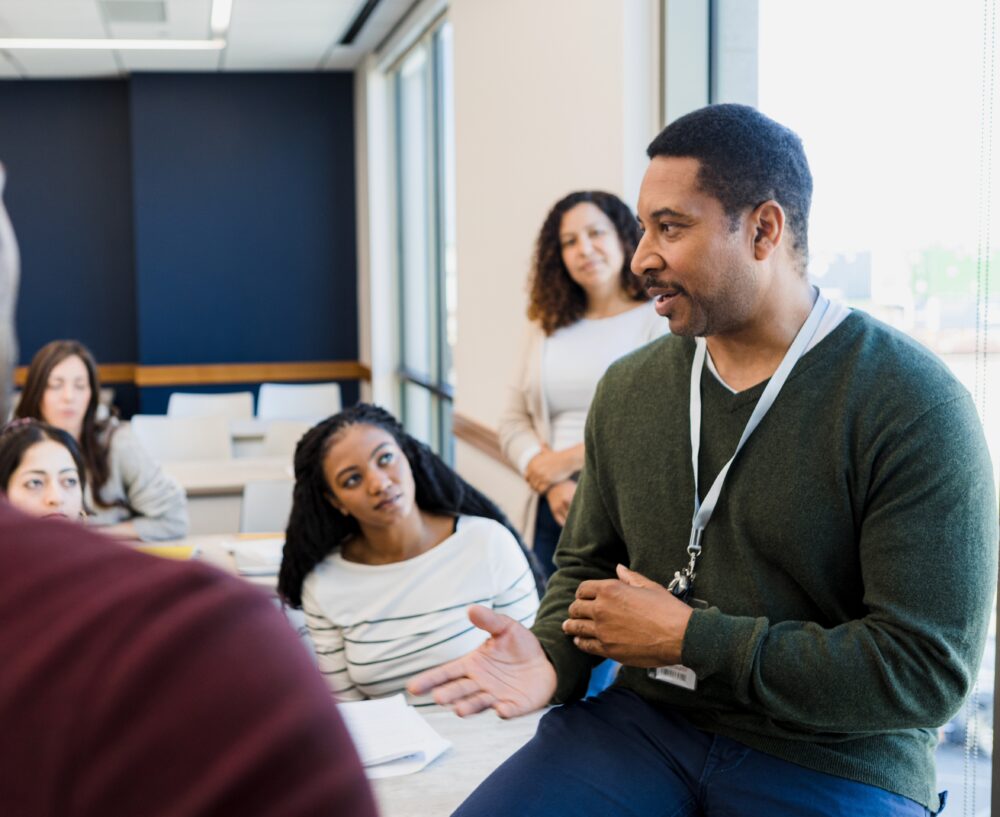
UnboundEd Summits
Accelerate your instructional vision and build educators’ skills and expertise with a virtual or on-site Local Summit.
Learn More ➜

In-Service Workshops
UnboundEd’s dynamic, hands-on workshops build educator capacity by focusing on timeless, cross-disciplinary instructional moves that drive effective instruction, rigor, and student empowerment.
Learn More ➜
Online Math Academy
UnboundEd’s Online Math Academy courses enrich educators’ content knowledge and instructional practices to unlock all students’ math potential.
Learn More ➜
Curriculum Adoption
Ensuring quality materials are adopted and used effectively is crucial to improving outcomes and requires a strong instructional materials selection process. We’re here to share guidance and support on leading a rigorous and collaborative curriculum adoption process to select the right materials for your context and goals.
Learn More ➜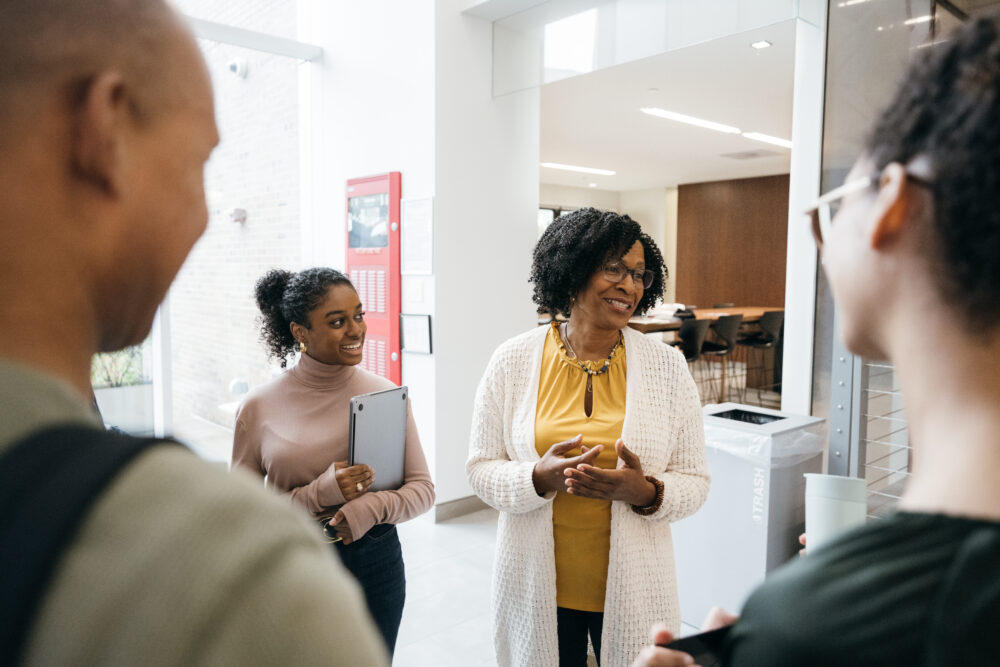
Curriculum Implementation
Just getting started, or need to get back on track? We work with you on a shared vision and an actionable plan for curriculum success.
Learn More ➜
Literacy ReclaimEd
Improve literacy instruction and better meet the unique needs of every student.
Learn More ➜
GLEAM® Inventory
Build your team’s understanding of grade-level, engaging, affirming, and meaningful –GLEAM®– instruction and transform how you serve all students in your district.
Learn More ➜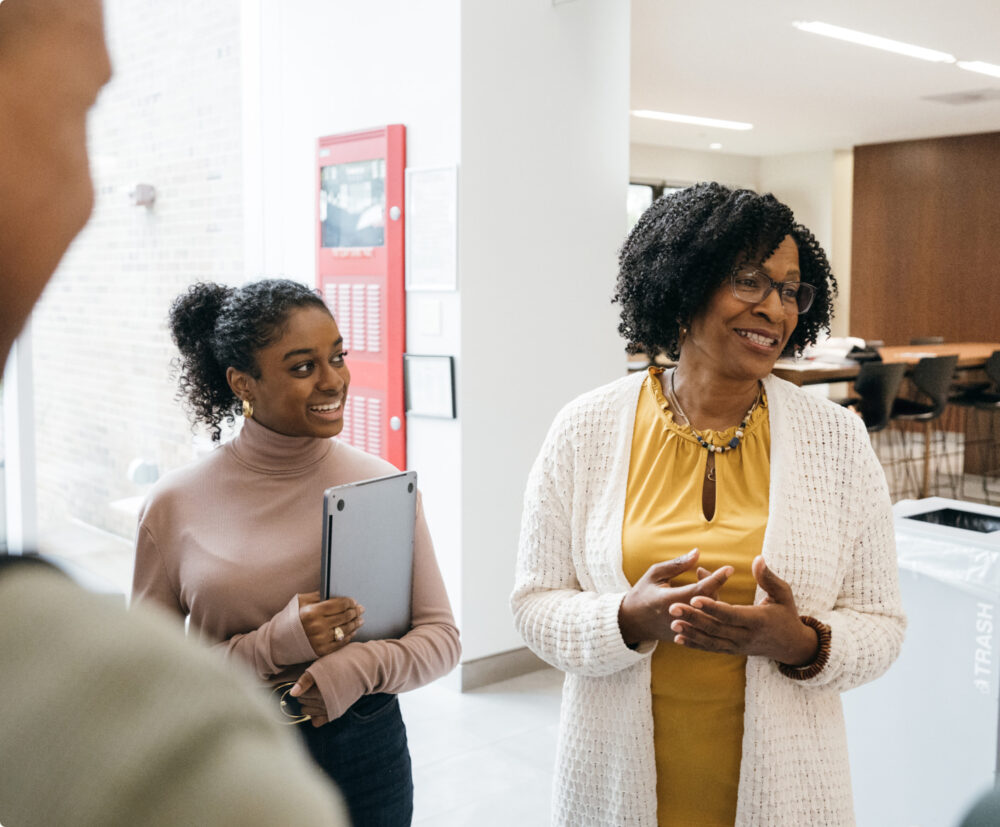
Speaking Engagements
Our experts offer inspiring, thought-provoking messages and conversations that will get your team thinking creatively about shifting mindsets and changing practice.
Learn More ➜
California Math Curriculum Adoption and Launch Cohort
Prepare to adopt and launch high-quality mathematics instructional materials with no-cost, grant-funded support from UnboundEd.
Learn More ➜